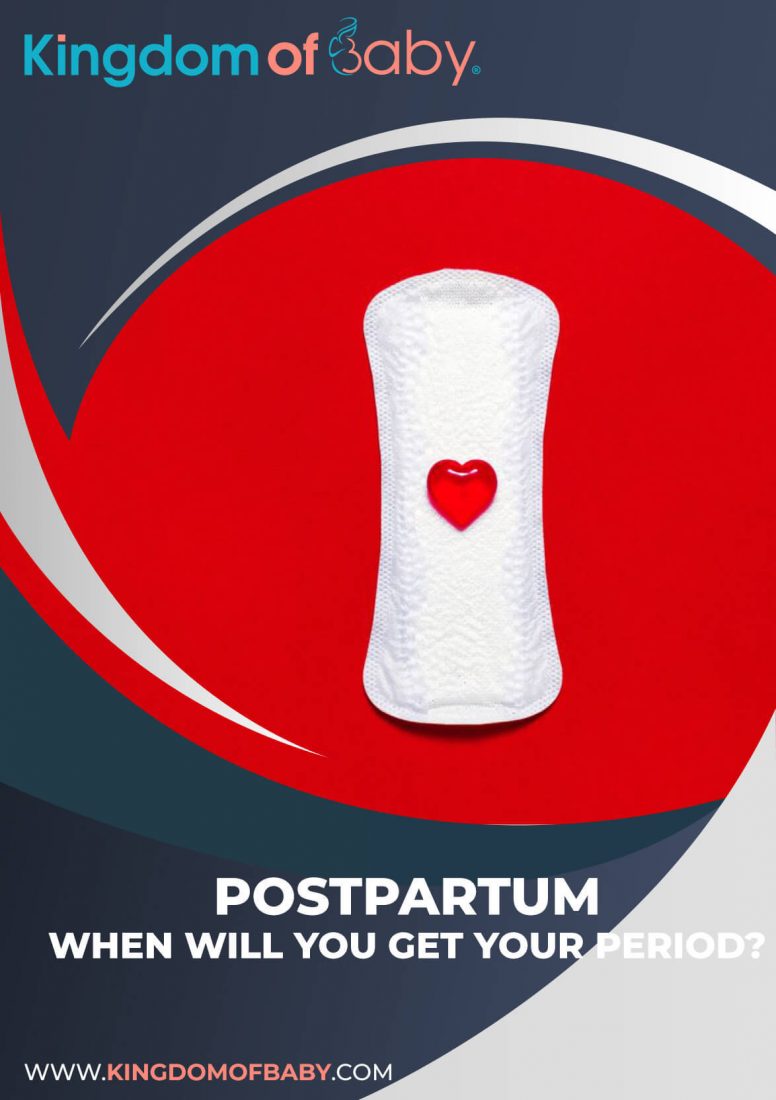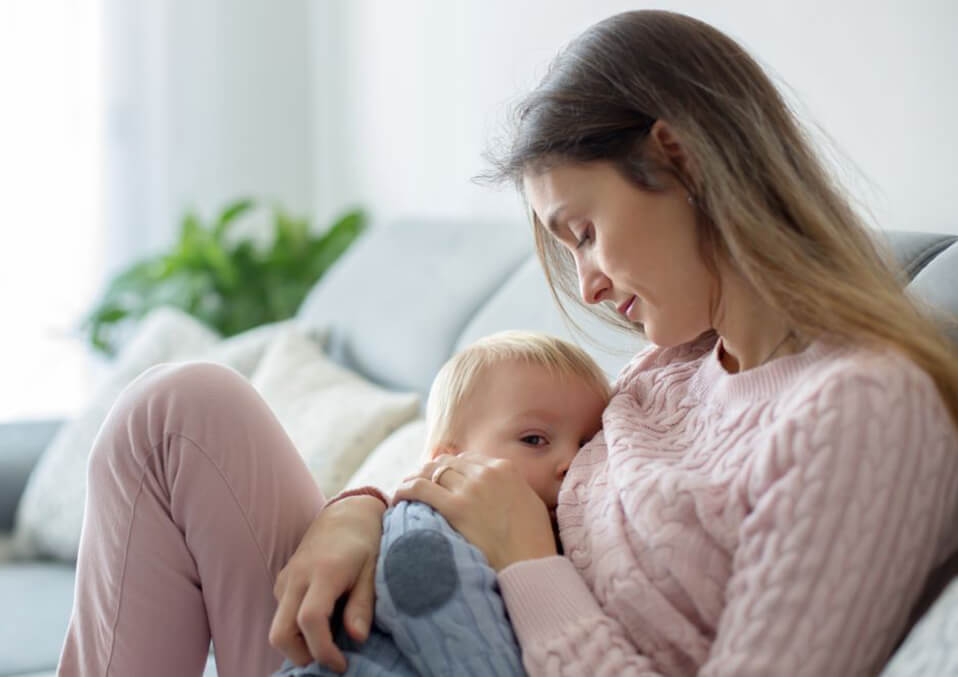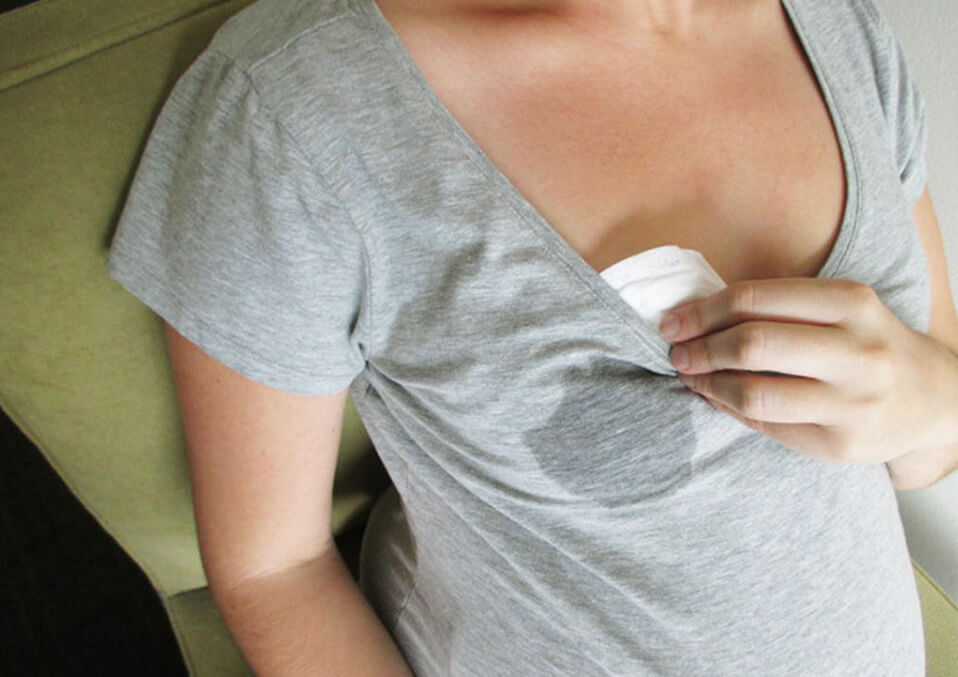
It is difficult to tell when your menstrual cycles will begin again. The pacing is distinct for each mother, and it varies depending on how your child feeds.
When do you get your period after having a baby?

Your breastfeeding periods will take longer to return. It may take up to one year for you to have breastfeeding time all around the clock.
You can begin your period between five weeks and three months after your child feeds if you breastfeed your child. Three weeks after your child, you could be fertile again.
You can begin your periods between three months and eight months if you are breastfeeding. You are fortunate enough for a child who has to sleep through the night from a young age.
The suckling of your infant suppresses ovulation-induced hormones. It may promote your body to release the hormones that begin your menstrual cycle if there is a food gap even overnight.
It’s the same if you add a formulation. In other words, the more frequently your child feeds, the longer it is before it gets back.
Why do breastfeeding moms get their period delayed?

Typically, the body hormones don’t give females who are breastfeeding their periods as fast. Prolactin can suppress reproductive hormones, which is the hormone necessary to generate breast milk. Therefore, you are not ovulating or releasing a fertilized egg. You probably won’t menstruate without this phase.
Menstrual cycles and milk

You may see moves in your intake of milk or the response of your baby to breast milk when your time returns. Your body can also affect hormonal modifications during your breast milk period.
For example, you can see a reduction or a shift in how often your child will take care of your milk supply. The modifications in hormones may also influence the structure of your breast milk and how your child tastes. However, these modifications are generally very minor and should not affect the capacity of your child to breastfeed.
What are the modifications in your period after childbirth?
Your period can change somewhat, much or not. You could have more extended or shorter ones, denser or more diluted ones, and you may have different cycle lengths. Cramping may also be improved or reduced. It is because your uterus expands during childbirth; after delivery, it will shrink (although it may stay somewhat more significant).
The finish— which draws over some time — has to reshape themselves as these modifications are undertaken. This method also happens with every pregnancy so that you can see alterations after every child.
If you had been under hormonal birth control before pregnancy after your birth, it might also be more substantial. It’s because of hormonal contraceptives that weaken the lining.
A tampon may sit differently or feel different if you have a vaginal delivery. Most women usually don’t have to tampon up to size. Using tampon overtime should feel as usual as before.
What are the common differences that you might notice?
When you begin your period again, you will probably not be as pregnant as it is during the first period after delivery. Your body is still on a menstrual adjustment stage.
Some of these variations you may encounter:
- The tightness that may be stronger or lighter than normal,
- A massive flow of tiny blood clots,
- A stream that stops and begins,
- Pain multiplied,
- And irregular cycle lengths
The first post-pregnancy period may be harder than you have always been. It may also be followed by stronger tightness, owing to an increase in the uterine lining. These modifications are likely to reduce as you proceed with your cycle.
Complications such as thyroid or adenomyosis can, in rare instances, lead to heavy bleeding following childbirth. Adenomyosis is a uterine wall thickening.
Women who were pregnant with endometriosis may have milder birth times. Two rare conditions, Asherman syndrome and Sheehan syndrome may also be associated with light periods.
Asherman’s syndrome contributes to uterine scar tissue. Sheehan syndrome is due to harm to your hypophysis, which may be caused by a severe loss of blood.
How do you know if there’s something wrong with your postpartum period?
With your first post-baby period, you can expect a stronger bleeding and more cramping. But you should notify your physician if you have to alter your tampon or pad every hour or more often. It may indicate a virus, fibroids, or polyps.
If you have any one of these: periods that demand more extended than seven days, or include coagulations more prominent than a quarter. You also have time after restarting, spotting within periods, or if your period did not continue three months after birth or three months after breastfeeding. Reach your doctor to rule out anemia or thyroid disorder.
What are the probable causes of pain/risks?
A mixture of several variables may cause mildly painful postpartum periods. These include
- Enhanced uterine cramping,
- Breastfeeding hormones,
- A worsening uterine cavity after pregnancy, which implies that uterine lining is more frequently shed during the menstrual period.
Final words
Returning to your menstrual cycle is only one part of your recovery and your pregnancy. In some cases, menstruation may be delayed due to increases in breastfeeding hormones.
Breastfeeding is not foolproof as a form of contraception. With a backup method, like oral contraception or condom, further protection can be provided.
If your first period after pregnancy seems unusual, contact your doctor. Contact your child! Excess bleeding or infection indications concern a new parent in particular. Listen and play your body safely.
Read also:
- Vomiting during pregnancy
- How dangerous is preeclampsia in pregnancy
- Pregnancy and chemical peeling everything you need to know


